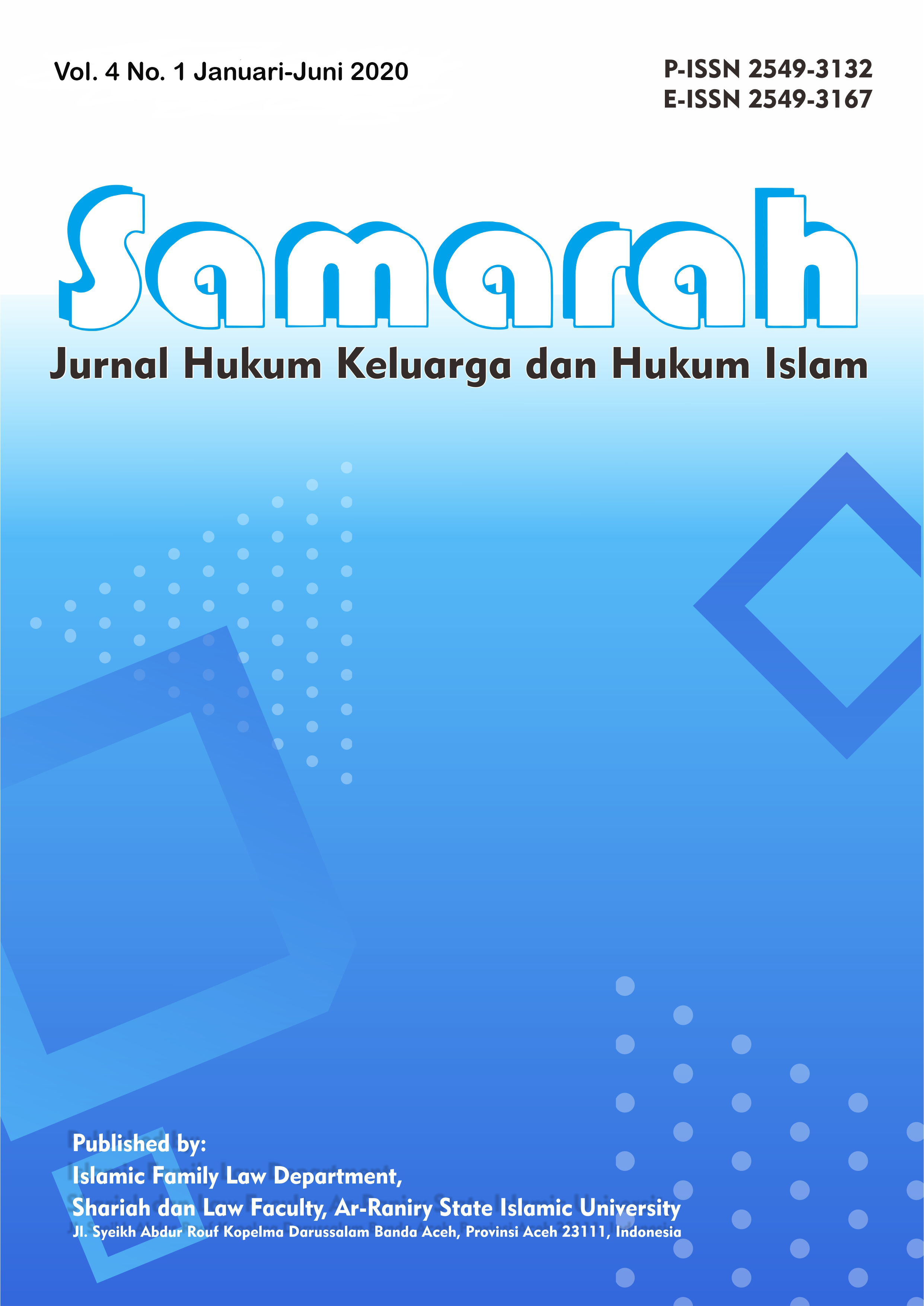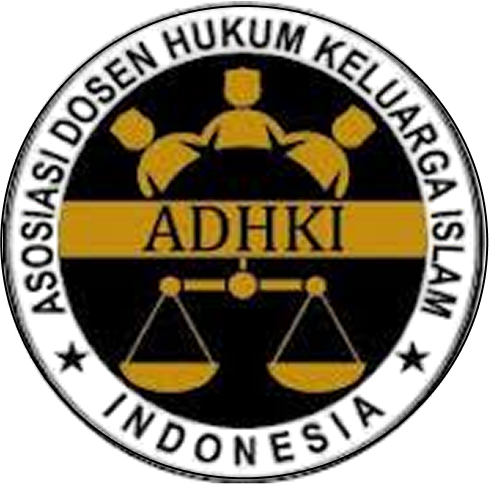Refunction Family during Covid-19 Pandemic (Study among Students of Anthropology UGM)
DOI:
https://doi.org/10.22373/sjhk.v4i1.7051Keywords:
Refunction, Family Function, Covid-19Abstract
Today, the family experiences dysfunction because their functions are taken over by the state and the market. Before the Industrial Revolution, most people still relied on their families and communities for food, shelter, education, and employment. New communication and transformation technologies enable markets and governments to pull people out of family security and enter the market as individuals. During the Covid-19 pandemic, the authors saw a tendency for the return of family functions that had been taken away by the state and the market. People are getting closer to their families, especially because of the effects of physical distancing rules by the state. So far there have been no studies that show in detail how a pandemic really influences family functioning. The authors tries to investigate the functions of families returning to work using the daily data of UGM Cultural Anthropology students collected in the Rural Studies class in Indonesia from 30 March 2020 to 29 April 2020. Findings show that family refunction occurred during the pandemic.References
Alan Barnard & Jonathan Spencer, Encyclopedia of Social and Cultural Anthropology, London & New York: Routledge, 2002.
Caroline Hovanec, “Of Bodies, Families, and Communities: Refiguring the 1918 Influenza Pandemic”, Literature and Medicine, 29, 1, 2011.
Chuan Hong & Yan Zhu, “Family Structure, Family Function and Child‐rearing Value in China and India”, retrieved from: http://ricas.ioc.u-tokyo.ac.jp/aasplatform/achivements/pdf/ 2010_ab_hongchuan.pdf, 2010.
Cusinato, M. & M.G. Carelli, “Middle Childhood”, dalam International Encyclopedia of Marriage and Family, 2nd Edition, Vol. 1, ed. J.J. Ponzetti, Jr., New York: Macmillan Reference USA, 2003.
George A. Bonanno, dkk., “Weighing the Costs of Disaster: Consequences, Risks, and Resilience in Individuals, Families, and Communities”, Psychological Science in the Public Interest, 11, 1, 2010.
Haimin Pan, “A Glimpse of University Students’ Family Life Amidst the COVID-19 Virus”, Journal of Loss and Trauma, 2020.
Jennifer M. Keithley, “Affection”, dalam International Encyclopedia of Marriage and Family, 2nd Edition, Vol. 1, ed. J.J. Ponzetti, Jr., New York: Macmillan Reference USA, 2003.
Joseph T.F. Lau, dkk., “Positive mental health-related impacts of the sars epidemic on the general public in hong kong and their associations with other negative impacts”, Journal of Infection, 53, 2006.
Kathleen M. Galvin, “Communication: Family Relationships”, dalam International Encyclopedia of Marriage and Family, 2nd Edition, Vol. 1, ed. J.J. Ponzetti, Jr., New York: Macmillan Reference USA, 2003.
Liangtie Dai & Lingna Wang, (2015). “Review of Family Functioning”, Open Journal of Social Sciences, 3, 2015.
Michael Wesch, The Art of Being Human. First Edition. Manhattan: New Prairie Press, 2018.
Peter Laslett & Richard Wall, Household and family in past time, Cambridge: Cambridge University Press, 1972.
Pimpinan Pusat Aisyiah dan Majelis Tarjih dan Tajdid Pimpinan Pusat Muhammadiyah, Tuntunan Menuju Keluarga Sakinah. Yogyakarta:L Suara Muhammadiyah, 2016.
Rasyīd Riḍā, Muḥammad, Tafsīr al-Qur’ān al-Ḥakīm, juz 10, Kairo: al-Hay’at al-Miṣriyyat al-`Āmmat li al-Kitāb, 1990 dalam Maktabah Syāmilah.
Ronda Copher & Jeylan T. Mortimer, “Childhood, Stages of Adolescence”, dalam International Encyclopedia of Marriage and Family, 2nd Edition, Vol. 1, ed. J.J. Ponzetti, Jr., New York: Macmillan Reference USA, 2003.
Shirley A. Hill, “Chronic Illness”, dalam International Encyclopedia of Marriage and Family, 2nd Edition, Vol. 1, ed. J.J. Ponzetti, Jr., New York: Macmillan Reference USA, 2003.
Sijia Li, dkk., “The Impact of COVID-19 Epidemic Declaration on Psychological Consequences: A Study on Active Weibo Users”, International Journal of Environmental Research and Public Health, 17, 2020.
Siti Chadijah, “Karakteristik Keluarga Sakinah dalam Islam” dalam Jurnal Rausyan Fikr. Vol. 14 No. 1 Maret 2018. ISSN. 1979-0074 e-ISSN. 9 772580 594187.
Sophie Chao, “When Crisis Brings Us Closer: Reflecting on Family, Fieldwork, and Faraway Homes in the COVID-19 Pandemic”, diakses melalui: http://somatosphere.net/2020/when-crisis-brings-us-closer-reflecting-on-family-fieldwork-and-faraway-homes-in-the-covid-19-pandemic.html/, 2020.
Sun, Y-H. dkk., “Loneliness, social support and family function of people living with HIV/AIDS in Anhui rural area, China”, International Journal of STD & AIDS, 20, 2009.
William F. Ogburn & C. Tibbits, “The Family and Its Functions”, dalam Recent Social Trends, Vol.1, ed. William F. Ogburn, New York: McGraw-Hill, 1993.
Winston Seegobin, “Caribbean Families”, dalam International Encyclopedia of Marriage and Family, 2nd Edition, Vol. 1, ed. J.J. Ponzetti, Jr., New York: Macmillan Reference USA, 2003.
Yingfei Zhang & Zheng Feei Ma, “Impact of the COVID-19 Pandemic on Mental Health and Quality of Life among Local Residents in Liaoning Province, China: A Cross-Sectional Study”, International Journal of Environmental Research and Public Health, 17, 2020.
Yunus Gunindi, dkk., “Functions of the Family: Family Structure and Place of Residence”, Energy Education Science and Technology Part B: Social and Educational Studies, 4, 1, 2012.
Yuval Noah Harari, Sapiens: A Brief History of Humankind, New York: Harper Collins, 2015.

Downloads
Published
Issue
Section
License
Authors who publish in Samarah: Jurnal Hukum Keluarga dan Hukum Islam agree to the following terms:
- Authors retain copyright and grant the journal right of first publication with the work simultaneously licensed Attribution-ShareAlike 4.0 International (CC BY-SA 4.0) that allows others to share the work with an acknowledgment of the work's authorship and initial publication in this journal.
- Authors are able to enter into separate, additional contractual arrangements for the non-exclusive distribution of the journal's published version of the work (e.g., post it to an institutional repository or publish it in a book), with an acknowledgment of its initial publication in this journal.
- Authors are permitted and encouraged to post their work online (e.g., in institutional repositories or on their website) prior to and during the submission process, as it can lead to productive exchanges, as well as earlier and greater citation of published work. (See The Effect of Open Acces)









